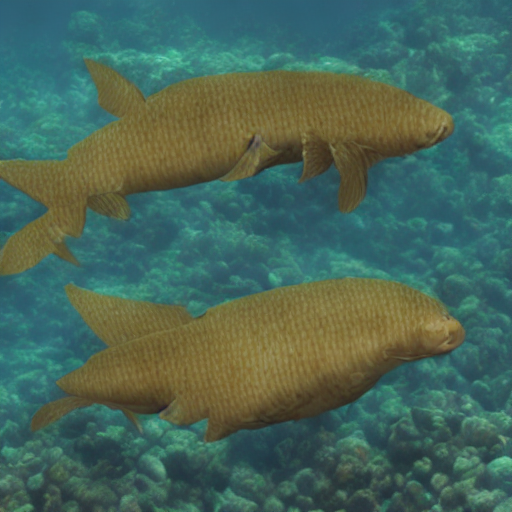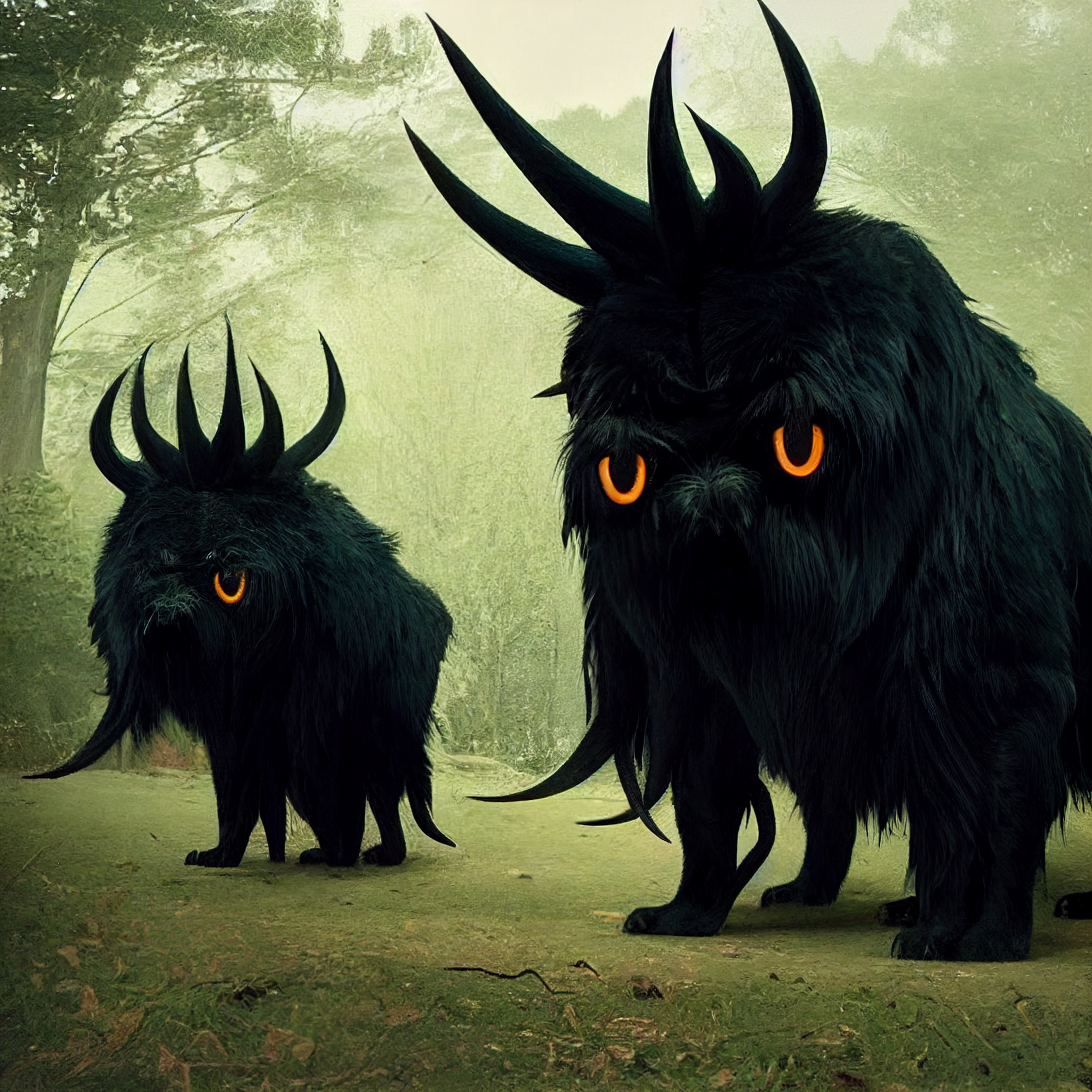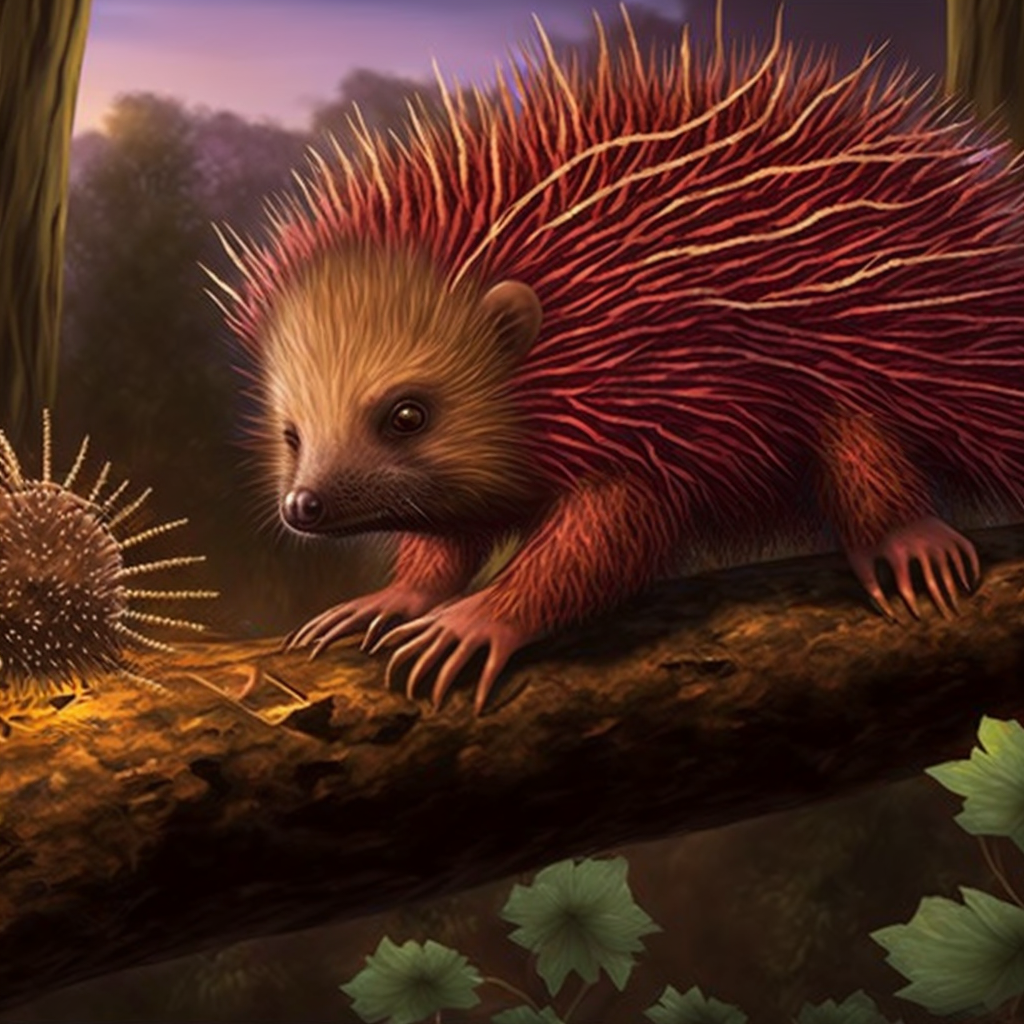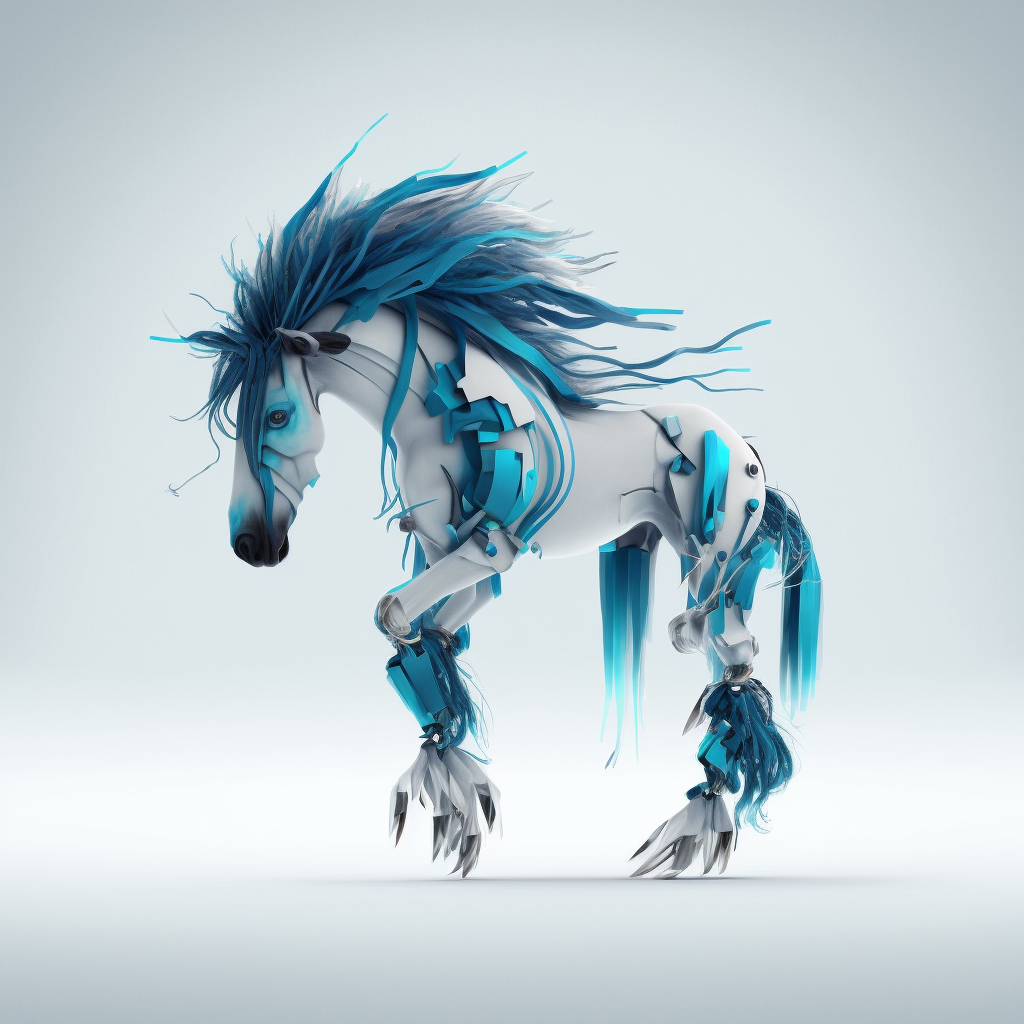
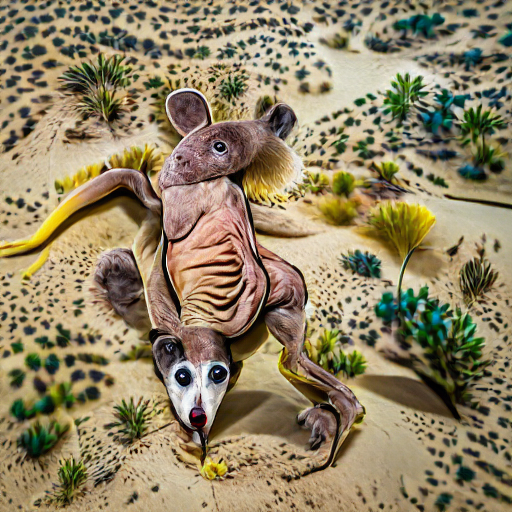
Reeborras are large, herbivorous creatures native to the planet of the same name. They are closely related to the earth sloth and are often found in the desert dunes. They have short tails that consistently drip water when they're calm, which other creatures often latch on to when thirsty. Reeborras are very peaceful creatures and are often hunted by poachers for their distinctive skull and large water sac.
Explore an endless universe of ficticious life on NovelGens.


